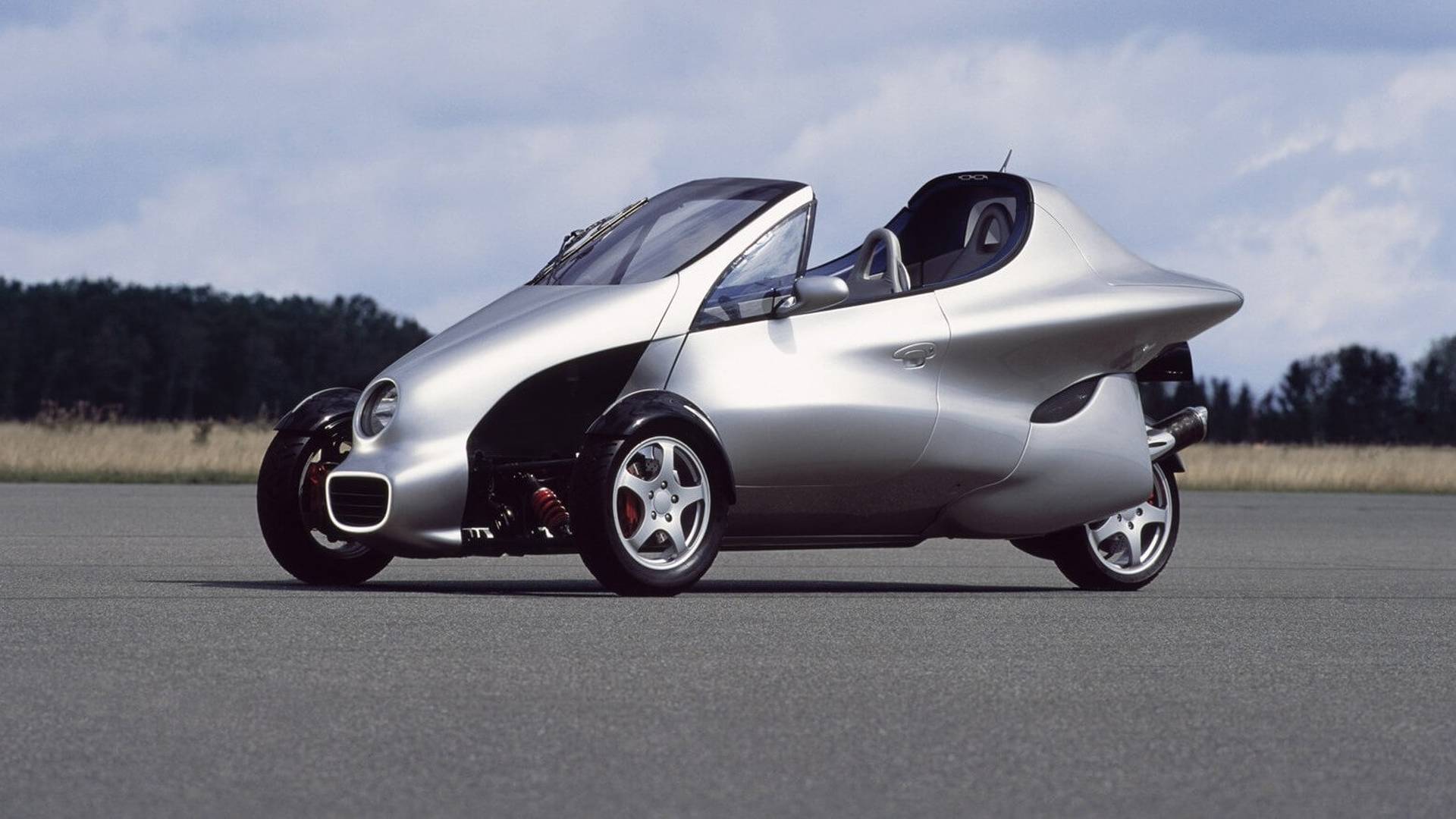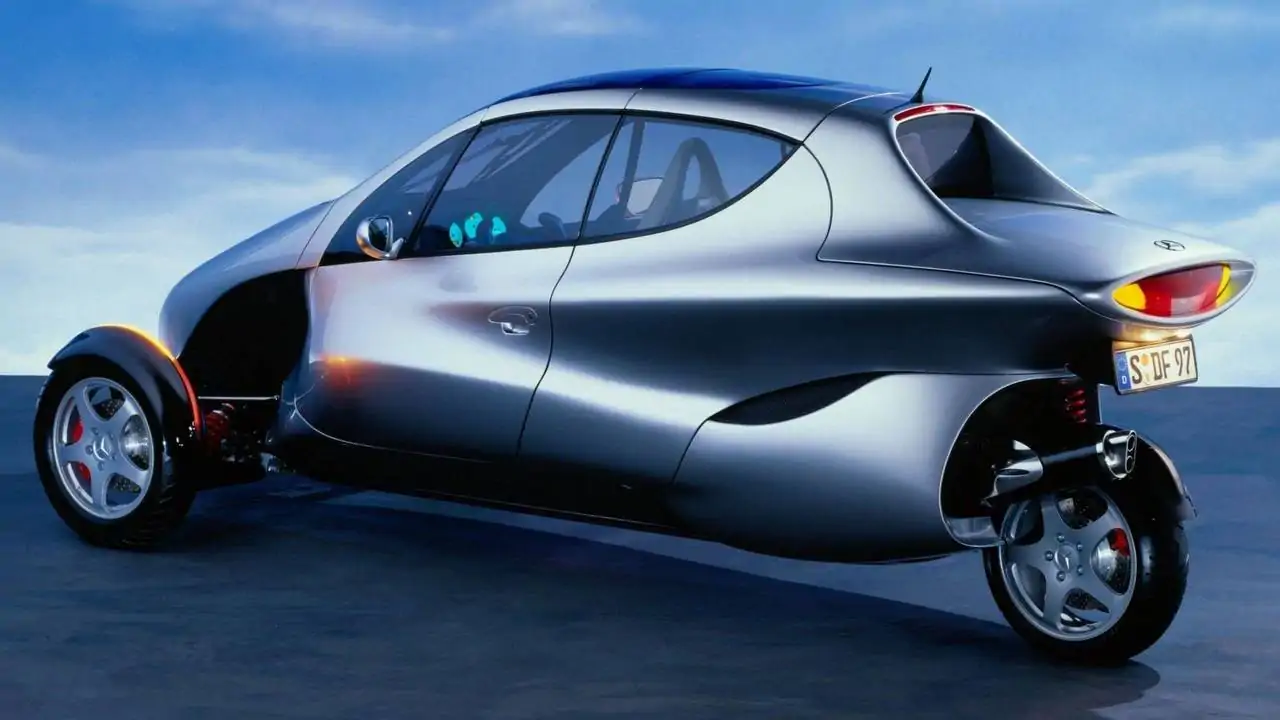A three-wheeler powered by the A-Class with RWD and a body that leans into bends
Name:Mercedes F300Life Jet
Launched:1997 Frankfurt Motor Show
Specifications:1.6-liter four cylinder engine with 102 horsepower, rear-wheel drive. Electrohydraulically controlled five speed manual transmission. Three wheels. 0-60 mph in 7.7 seconds. 131 mph (211 km/h) maximum speed.Why It Matters Now:
Mercedes aimed to bring together the best of both worlds with the F300 Life Jet concept. It combines the comfort and agility of a car with the maneuverability of a motorcycle.
This week’s episode covers the F100, F200 and F300 in previous episodes of Concept We Forgot. It also covers 1997, when Mercedes introduced the third F series research vehicle. The F300 is a significant departure from the previous episodes. It was designed to blur the lines between a car or a motorcycle.

The A_Class had a four-cylinder, 1.6-liter engine. However, instead of sending the 102 horsepower (75kW) to the front wheels, the engine channeled the power to its rear wheel. That’s right, the concept had only one rear wheel and received the engine’s output through a toothed belt and an electro-hydraulically controlled five-speed manual transmission with sequential gear change.
It would be nearly impossible to identify F300 as Mercedes without the three-pointed star badges. The cockpit’s jetfighter-inspired instrument cluster might hint at the car’s origins. However, this concept is still a little odd compared to other models.
Active Tilt Control (ACT) was Mercedes’s trick to the F300. This was Mercedes’s way to say that the F300 came with cornering tilt tech. The complex electronic system was smart enough to calculate the ideal tilt angle using the concept’s acceleration and speed as well as steering angle and yaw behaviors. It works!
The electronics sent the data to the hydraulic cylinder mounted on front axle. This pressed one of two spring struts inwards depending on the steering angle. The body would then be placed in the tilt angle calculated using the onboard computers. You may be familiar with the idea of a leaning body. Nissan came up with a similar concept in 2009 when it launched its Land Glider concept.

Mercedes developed bespoke tires in collaboration with a tire manufacturer that allowed for large camber and slip angles. These magnesium wrapped wheels weighed 25% less than regular aluminum motorcycle wheels. The chassis, made of aluminum, weighed in at 89 kg (196 lb).
The F300 will be remembered as the first Mercedes research vehicle. It was built on a computer and brought to life. The F300 featured an adaptive headlight that included three reflector sections as well as two bulbs. Electronic wizardry enabled the headlight to provide the best illumination, even when it was connected to the ACT system. The low beam range was also improved by a cornering light. A light sensor was added to trigger the headlights automatically at dusk and when entering tunnels – this function was implemented in the S-Class W220 a year later.